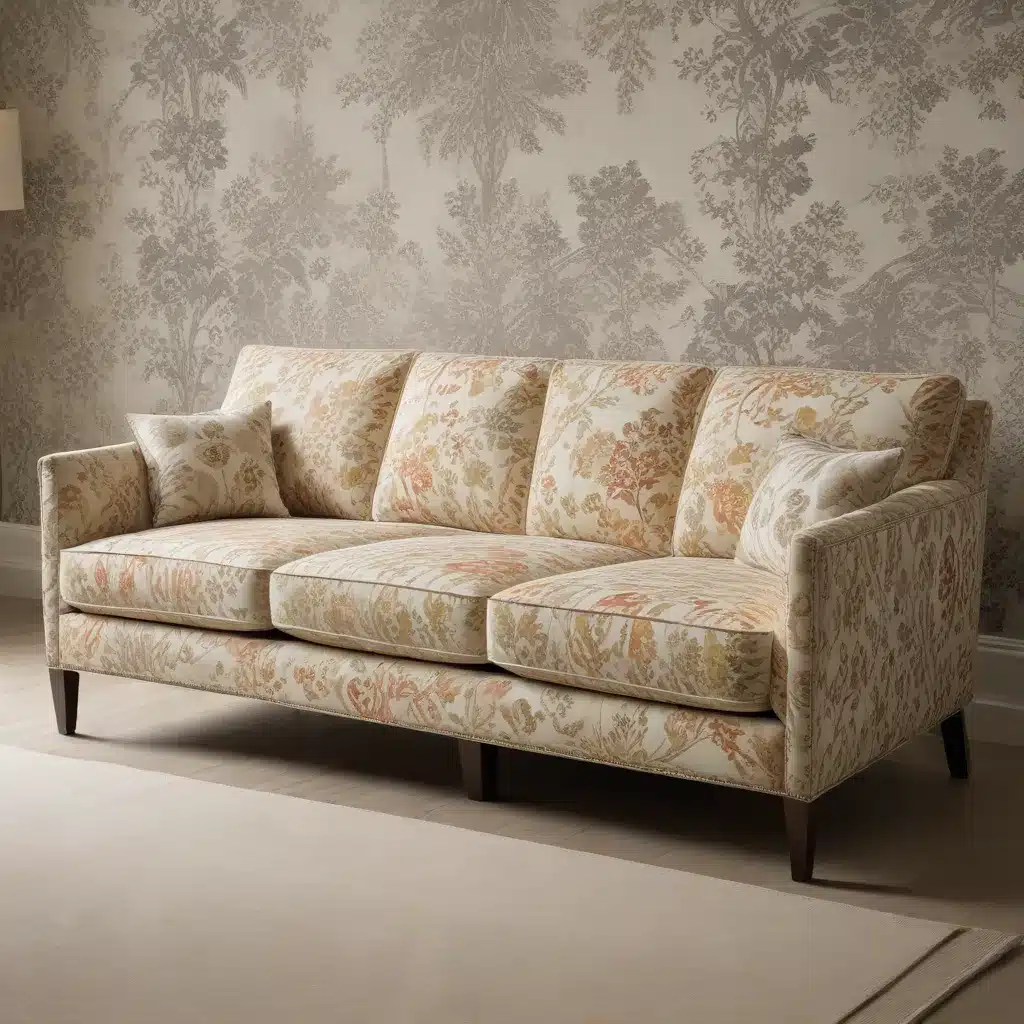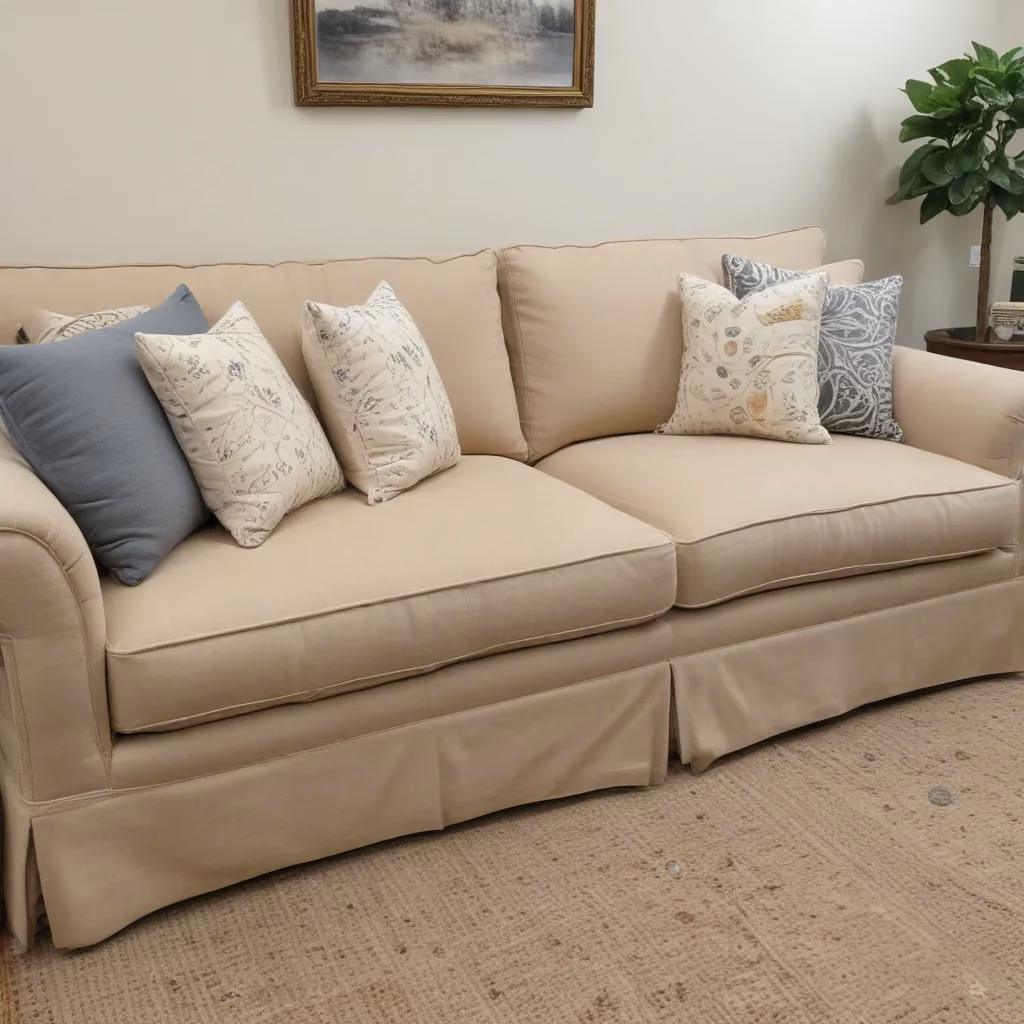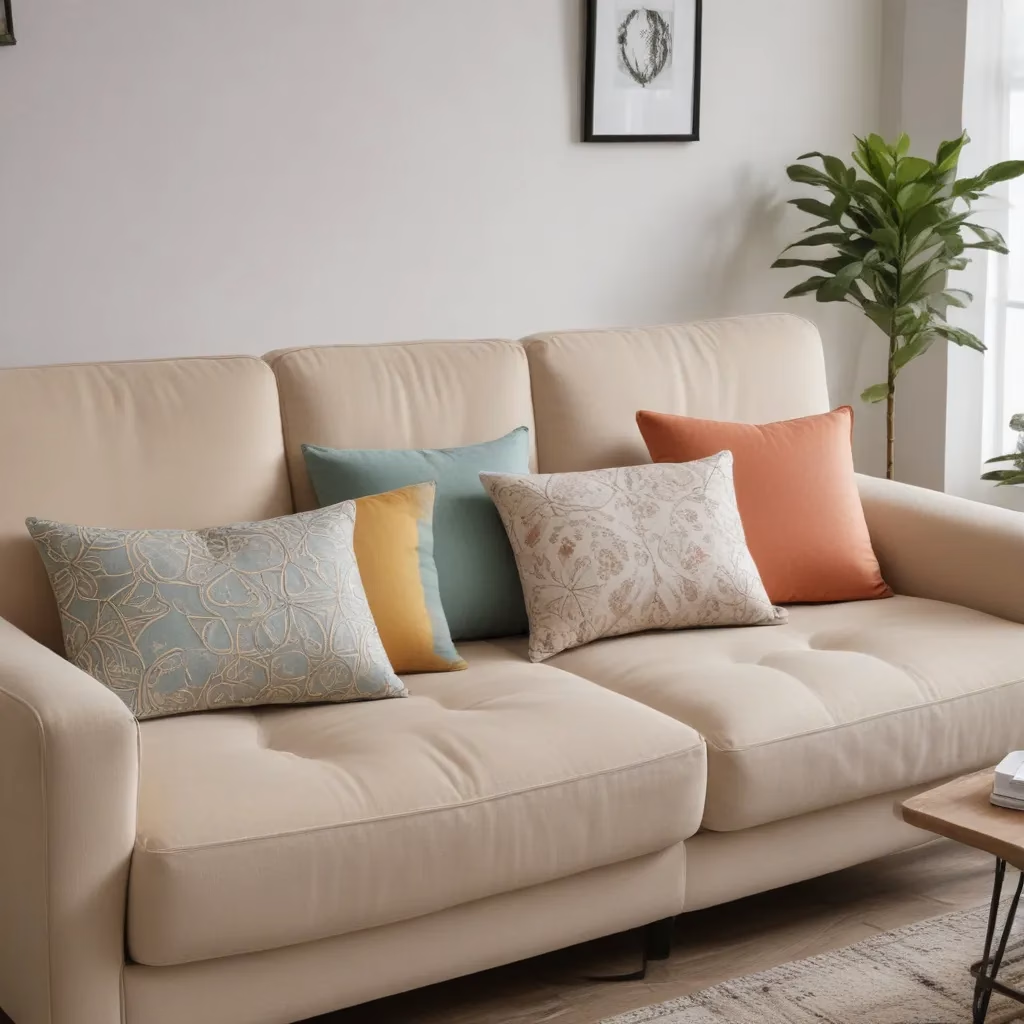
The Evolution of Sofa Prints: A Personal Journey
As a furniture specialist with over two decades of experience, I’ve witnessed firsthand the fascinating evolution of sofa prints. When I first started in this industry, traditional prints dominated the market. Floral patterns, damasks, and stripes were the go-to choices for many homeowners. But as with all things in design, change was inevitable.
I remember the day a client walked into our showroom, frustrated with the lack of modern options that still paid homage to classic designs. This encounter sparked a realization: there was a growing demand for sofas that bridged the gap between traditional and contemporary aesthetics. It was clear that we needed to innovate.
Over the years, I’ve worked closely with designers and manufacturers to create solutions that modernize traditional prints. We’ve experimented with scale, color palettes, and unconventional materials to breathe new life into time-honored patterns. The result? A fresh take on classic designs that appeals to a wide range of tastes and home decor styles.
Reimagining Classic Patterns for Modern Spaces
The Art of Scaling Up
One of the most effective techniques we’ve employed to modernize traditional prints is playing with scale. By enlarging classic patterns, we create a bold, contemporary look that maintains the essence of the original design. For instance, a small-scale floral print, when blown up to cover larger areas of the sofa, takes on a more abstract and artistic quality.
I once worked with a client who loved the idea of damask but felt it was too old-fashioned for her urban loft. We found a solution by using an oversized damask pattern in a monochromatic color scheme. The result was striking – a sofa that commanded attention while still nodding to traditional design elements.
This approach isn’t limited to florals and damasks. I’ve seen great success with enlarged houndstooth patterns and exaggerated herringbone designs. These scaled-up prints add visual interest and depth to a room without overwhelming the space.
Color Revolution: Breaking Traditional Boundaries
Another way we’ve breathed new life into classic prints is through unexpected color combinations. Gone are the days when traditional patterns were confined to muted, earthy tones. Today, we’re seeing these prints reimagined in vibrant, contemporary color palettes.
I recall a project where we transformed a classic toile pattern by rendering it in electric blue and lime green. The client was initially skeptical, but the end result was a conversation piece that perfectly complemented their eclectic decor style.
Experimenting with color doesn’t always mean going bold. Sometimes, subtlety can be just as impactful. I’ve found that updating traditional prints with slightly off-kilter color combinations – like pairing navy with chartreuse or blush with charcoal – can create a sophisticated, modern look.
Texture and Material Innovation
In my experience, the materials we use play a crucial role in modernizing traditional prints. Advances in textile technology have opened up a world of possibilities. We’re now able to incorporate unexpected textures and finishes that add depth and interest to classic patterns.
For example, I’ve worked on projects where we’ve used metallic threads to highlight elements of a traditional print, creating a subtle shimmer that catches the light beautifully. In another instance, we used a velvet fabric with a burnout technique to create a damask pattern, resulting in a tactile and visually intriguing surface.
These material innovations not only update the look of traditional prints but also improve their functionality. Many of these modern fabrics are more durable and easier to clean than their predecessors, making them perfect for busy households.
Blending Styles: The Key to Modern-Traditional Harmony
Mixing Prints for a Contemporary Edge
One of my favorite techniques for modernizing traditional prints is to mix them with more contemporary patterns. This approach creates a layered, eclectic look that feels fresh and personal.
I often advise clients to pair a large-scale traditional print on their sofa with smaller, geometric patterns on accent pillows or a nearby armchair. This juxtaposition of old and new, organic and structured, creates a dynamic and visually interesting space.
For those who are hesitant to commit to a fully patterned sofa, I suggest using traditional prints on smaller upholstered pieces like ottomans or accent chairs. This allows for a more subtle incorporation of classic designs into a modern setting.
Balancing Act: Traditional Prints in Contemporary Spaces
Incorporating traditional prints into a modern interior requires a thoughtful approach to balance. I always remind my clients that the key is to create harmony between the old and the new.
One effective strategy is to pair a sofa featuring a modernized traditional print with sleek, contemporary furniture pieces. For instance, a sofa with an updated floral pattern can look stunning when combined with minimalist metal and glass side tables.
Lighting also plays a crucial role in this balancing act. I’ve found that pairing a traditionally patterned sofa with modern, sculptural light fixtures can create a beautiful contrast that highlights the best of both worlds.
The Power of Negative Space
In my years of experience, I’ve learned that sometimes, less is more when it comes to modernizing traditional prints. Using prints sparingly and allowing for plenty of negative space can make a powerful statement.
I once worked on a project where we used a bold, traditional print on just one side of a sectional sofa, leaving the rest in a solid, complementary color. This approach created a focal point in the room while maintaining a clean, modern aesthetic.
Another technique I often employ is using traditionally patterned throw pillows on a solid-colored sofa. This allows for easy updates and provides flexibility in changing the look of a space without committing to a fully patterned piece of furniture.
Practical Considerations for Modern-Traditional Sofas
Durability and Maintenance
While aesthetics are important, I always stress to my clients the importance of considering practicality when choosing a sofa with modernized traditional prints. Fortunately, many of the techniques used to update these prints also contribute to improved durability.
For instance, digital printing technologies allow for intricate designs to be applied to performance fabrics that are resistant to stains and fading. This means you can have a sofa with a beautiful, updated traditional print that stands up to the rigors of daily use.
I recommend looking for fabrics with high rub counts (typically above 25,000 double rubs) for sofas that will see heavy use. Additionally, many modern fabrics come with stain-resistant treatments, making them easier to clean and maintain.
Versatility in Design
One of the great advantages of modernized traditional prints is their versatility. These designs can adapt to changing decor styles, making them a smart long-term investment.
I often suggest choosing a print that incorporates colors found elsewhere in your home. This allows the sofa to serve as a unifying element as your style evolves over time. For example, a modernized toile pattern that includes shades of blue and green can work well in both traditional and coastal-inspired interiors.
Customization Options
The trend towards modernizing traditional prints has also opened up more customization options for consumers. Many furniture manufacturers now offer the ability to customize not only the fabric but also the scale and color of the print.
I’ve worked with clients to create truly unique pieces by adjusting the size of a floral pattern or changing the colorway of a classic stripe. This level of customization allows for a perfect fit with your personal style and existing decor.
The Future of Traditional Prints in Modern Design
As we look to the future, I see the trend of modernizing traditional prints continuing to evolve. Technology will play an increasingly important role, with advancements in digital printing and fabric production opening up new possibilities for pattern and texture.
I’m particularly excited about the potential for sustainable materials in this space. We’re already seeing eco-friendly fabrics being used to recreate traditional patterns, and I expect this trend to grow as consumers become more environmentally conscious.
The blending of cultural influences is another area where I see great potential. As our world becomes more connected, we’re likely to see traditional prints from various cultures being reinterpreted and combined in new and exciting ways.
In conclusion, the modernization of traditional prints for sofas represents a exciting fusion of past and present. It allows us to honor classic design while embracing contemporary aesthetics and technologies. Whether you’re a fan of subtle updates or bold reinterpretations, there’s never been a better time to explore the world of modernized traditional prints in sofa design.
For those looking to explore these modern takes on traditional prints, I highly recommend visiting Sofa Spectacular. Their collection showcases some of the most innovative approaches to updating classic designs for contemporary spaces.
Remember, the key to successfully incorporating these modernized traditional prints into your home is to stay true to your personal style while being open to new interpretations of classic designs. With the right approach, you can create a space that feels both timeless and thoroughly modern.



